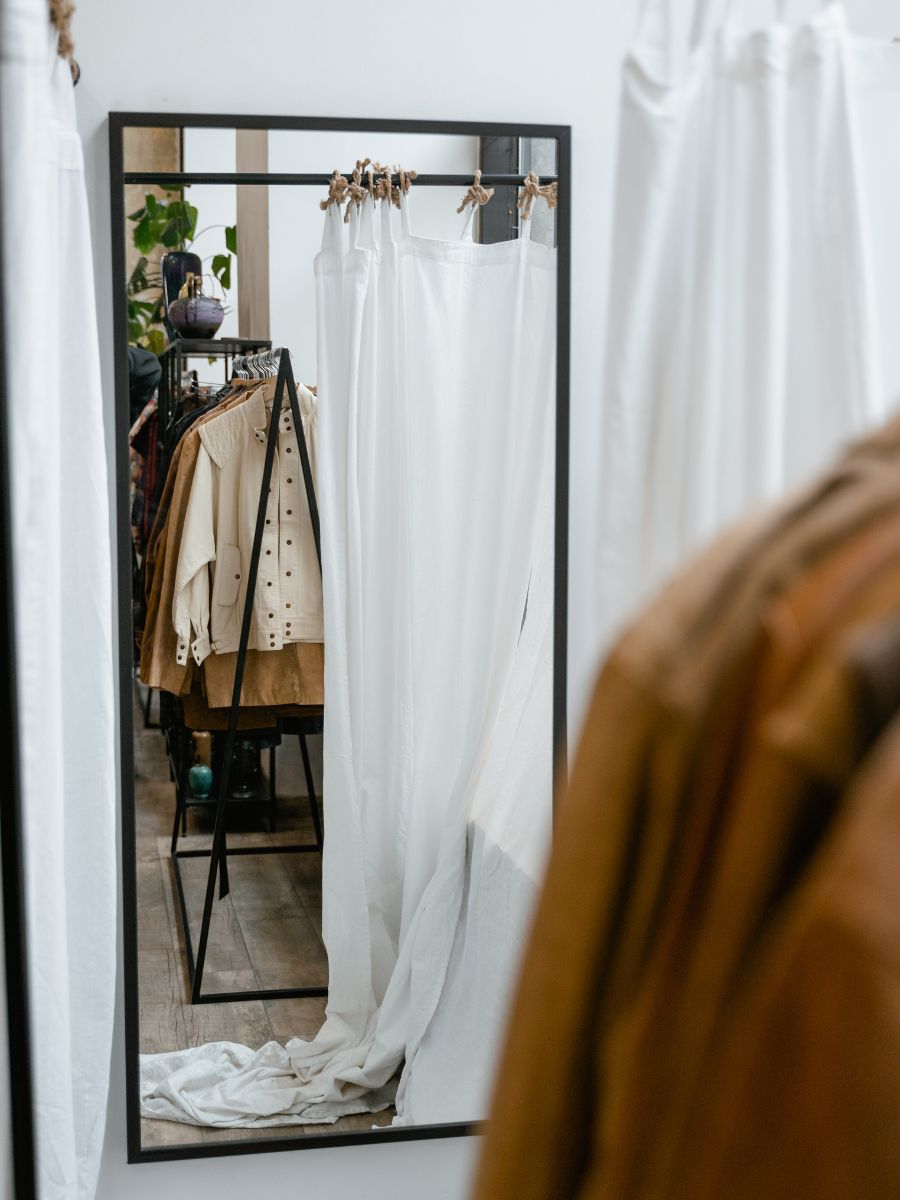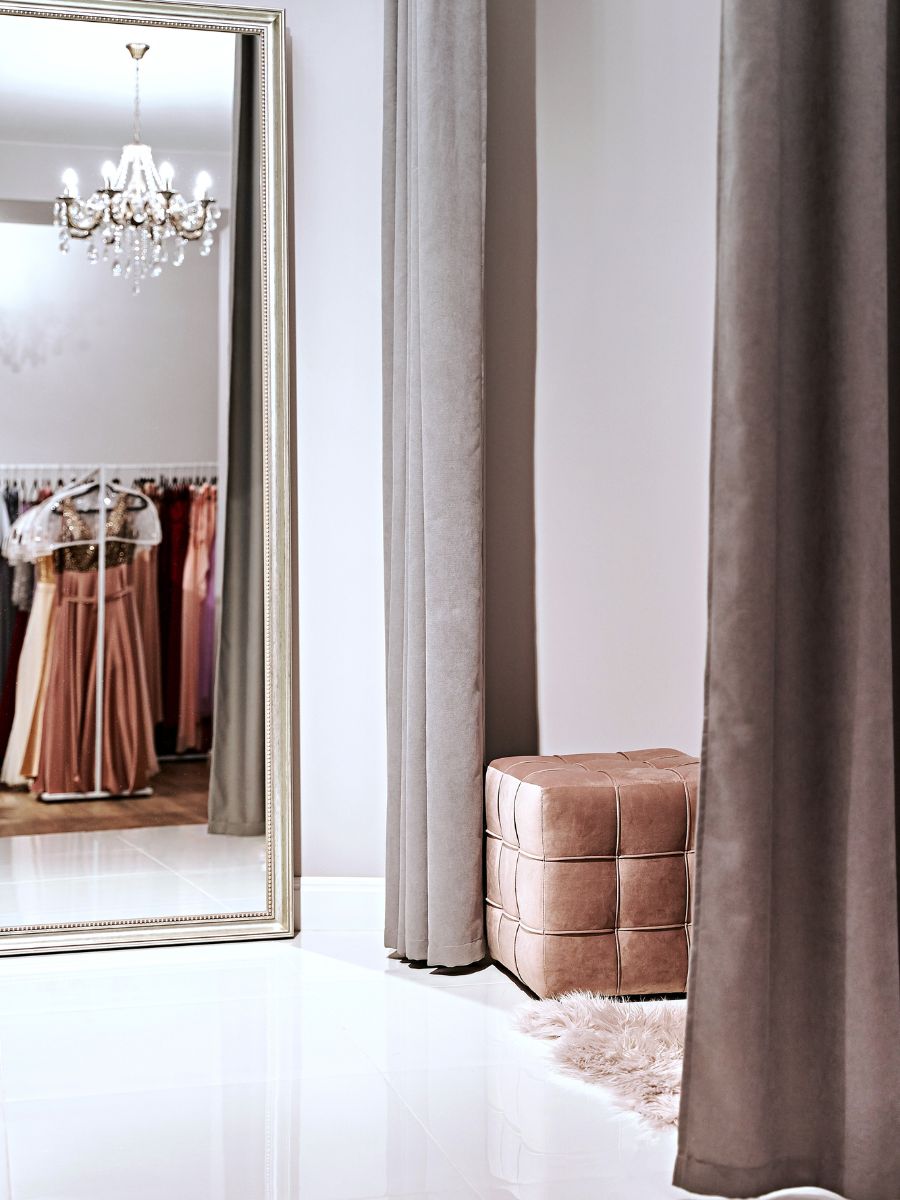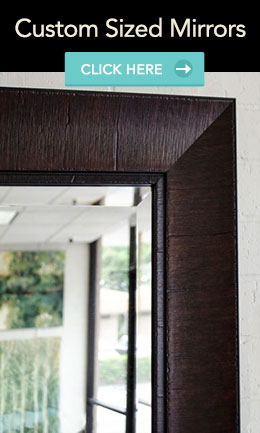
Choosing Framed Mirrors for Commercial Spaces: Tips and Ideas for a Stunning Impact
Framed mirrors are more than just decorative elements; they play a significant role in enhancing the aesthetics and functionality of commercial spaces. Whether you’re an interior designer, a remodeling company, or a business owner, selecting the right framed mirrors can make a substantial impact on your space. Here’s a guide to help you choose the best framed mirrors for commercial environments.
1. Enhancing Space Perception and Aesthetics
Mirrors have long been used to create the illusion of a larger space. In commercial settings, especially in areas like retail stores, restaurants, and lobbies, mirrors can make spaces feel more open and inviting. A well-placed mirror can also amplify natural and artificial light, contributing to a brighter and more welcoming atmosphere. Studies show that customers’ perception of a space can be greatly influenced by its design, and mirrors are a key tool in shaping that perception.
2. Reinforcing Brand Identity
The frame of a mirror isn’t just a border; it’s an opportunity to reinforce brand identity. For example, a sleek, modern frame might be ideal for a tech startup, while a more ornate, gilded frame could enhance the luxurious feel of a high-end boutique. The aesthetic choices in commercial design, including elements like mirrors, are integral to conveying a brand’s identity and values. According to the article, The Impact of Aesthetics on Your Business Success, this connection between design and branding can influence consumer behavior, making clients more likely to engage positively with the business.
3. Optimizing Functionality and Customer Experience
In spaces like salons, gyms, or fitting rooms, mirrors are essential for functionality. They need to be placed at the right height and angle to ensure they serve their purpose effectively. Beyond functionality, the strategic placement of mirrors can guide customer flow and improve overall user experience. For example, in a retail setting, mirrors near product displays can attract attention and encourage interaction with merchandise, which can drive sales.
4. Choosing the Right Size and Shape
The size and shape of the mirror should complement the space it’s in. Large rectangular mirrors are ideal for making small spaces look bigger, while circular mirrors can soften the look of more angular interiors. The choice of size and shape should also align with the overall design language of the space, ensuring a cohesive look that enhances the customer experience.
5. Impact on Business Success
The aesthetics of a commercial space, including the use of mirrors, can significantly impact business success. Research suggests that up to 85% of purchasing decisions are influenced by emotions, which are heavily affected by the aesthetics of a space. Therefore, investing in the right mirrors is not just a design choice; it’s a strategic business decision that can enhance customer satisfaction and loyalty.
By thoughtfully selecting and positioning framed mirrors, you can transform commercial spaces into environments that are not only functional but also emotionally resonant, driving positive business outcomes.

